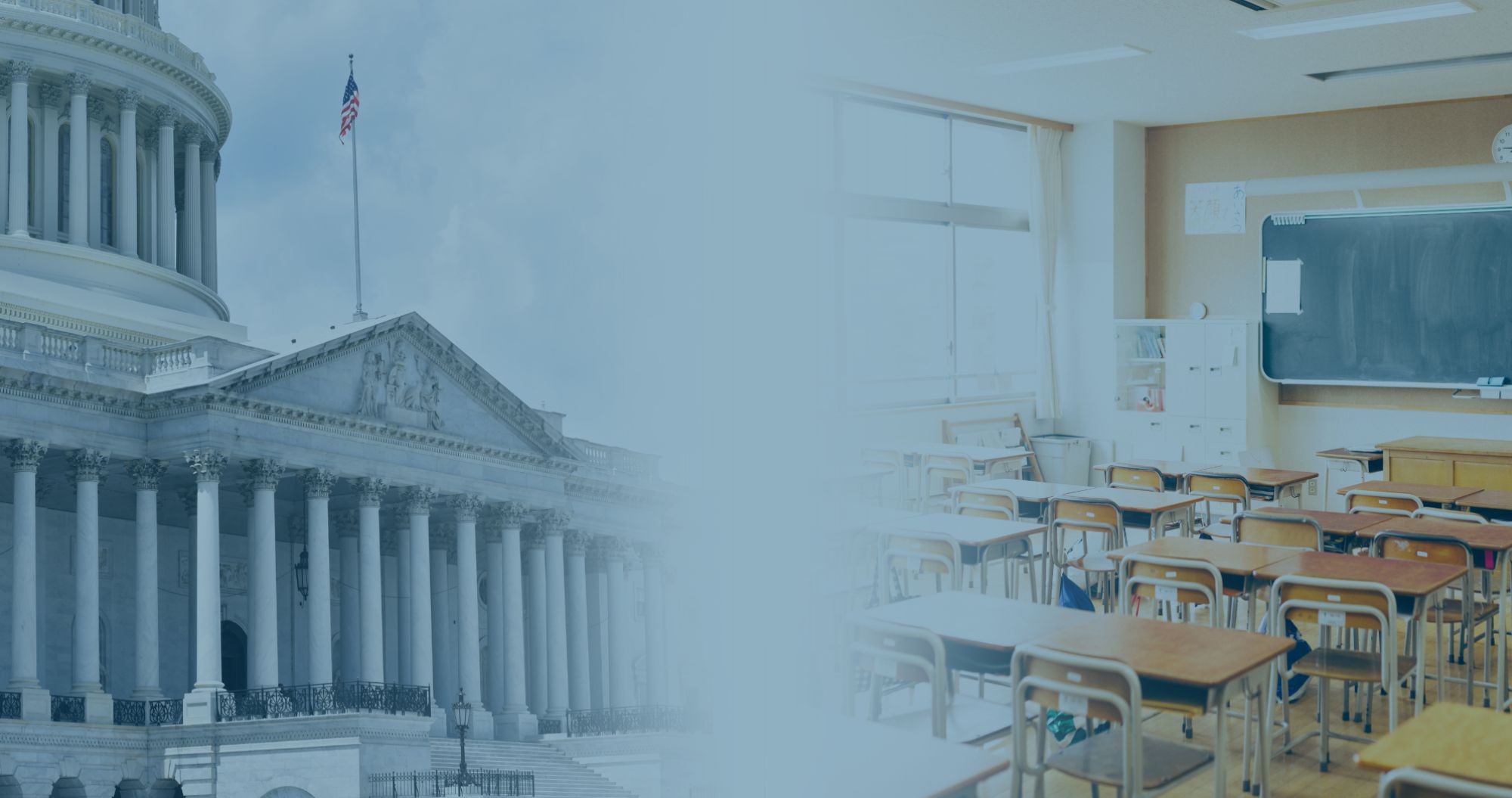- Home
- I
- Publications
- The Lens
Generative AI has led to a seismic shift in the U.S., with major implications for the present and future states of our societal systems and institutions. While these advancements could contribute to major learning gains in the classroom, they have also generated a great deal of uncertainty as educators, parents, and students grapple with the promise and potential peril of GenAI.
Must-Reads

- Briefs
A policy agenda for K-12 schools 1. Take a reasonable middle ground in the culture wars 2. Invest in systems that keep students safe 3.

- Briefs
The Trump administration is following the Project 2025 agenda, vowing to turn federal education programs into block grants or issue blanket waivers that would let states see money in any way they want.
Latest Research Publications
- Research Reports
New England Profiles of Innovation | Map Academy
This profile of Map Academy from CRPE and the Christensen Institute details the school’s practices that have proven successful, how they have adapted in the face of the pandemic, and how other school communities can begin to make their systems and structures more responsive to students’ needs and interests.
- Research Reports
States and School Systems Can Act Now to Dismantle Silos Between High School, College, and Career
We interviewed K–12, state, and nonprofit leaders who have been focused on redesigning education and career pathways about how their work has changed in the last year and what their priorities are as the nation emerges from the pandemic.
- Research Reports
New England Profiles of Innovation | Common Ground High School
This profile of Common Ground High School in New Haven details the school’s practices that have made it successful, how they have adapted in the face of the pandemic, and how other school communities can begin conversations about wielding student voice and agency to innovate.
- Research Reports
School Reopening Trends Offer Districts the Opportunity to Start Planning Beyond the Pandemic
Our latest analysis of school district learning models from March 1 to March 13 finds that a clear majority—57 percent—of the nation’s school districts report offering full-time in-person learning.
focus areas
Current Research
Legacy Work


